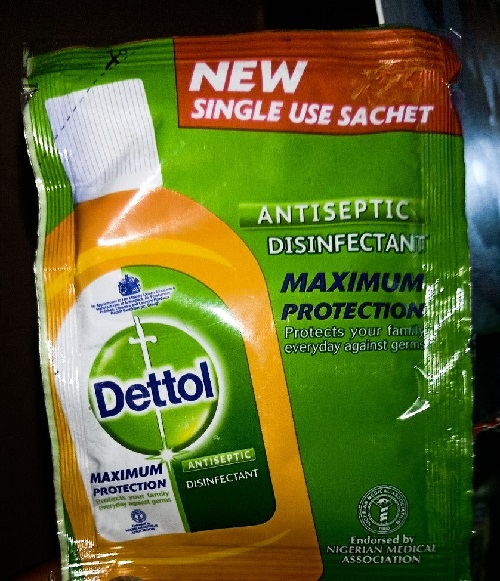
Sachets dominate the retail industry in many parts of Africa. I had always imagined that Kenyans are the masters of buying goods in these miniature packaging, but Nigerians seem to be the masters of this game. This week, images of goods packed in sachets were all over social media with discussions about their costs and the impact of their packaging on the environment.
Why are so many fast-moving consumer goods (FMCG) packaged in sachets?
For those who know the industry, the answer is almost obvious. Fast-moving consumer goods are nondurable products that sell quickly at relatively low cost and account for about half of all the regular purchases made. They include products such as soft drinks, milk, detergents, cooking oil, cereals, kinds of toothpaste, and many others. They sell fast.
Small Purchases
They also sell small. One surprising piece of information that hit me this year is learning that more than 70% of all FMCG transactions that occur in Kenya involve consumer spending of less than KShs 55. This is a trend that has pushed manufacturers to package their goods in smaller units, usually targeting a specific price. If a certain product costs KShs 120 per kilogram, the manufacturer packages the products in 75 grams packages and sells each pack at KShs 10.
This is the lifeline for most people who have less than a dollar to spend every day and enables them to survive on a day-to-day basis. Take the example of informal settlements. In a place where there are many people earning casual wages, I am told that it is possible to shop for everything you need to prepare a decent meal for only KShs 50 (that was a few years ago). One would buy maize flour for KShs 10, cooking oil for KShs 5, Vegetables for KShs 5, onions and tomatoes for a similar amount, kerosene for KShs 10, Chocolate and sugar for a similar amount, and one is set to prepare a full meal. As a bonus, one could get a cracked egg for KShs 5 for a balanced diet.
With such a trend, sachets become very useful because they are cheap. Cheap for the manufacturer – not for the consumer.
Single-use Packaging
Besides targeting the poor, sachets are very useful when packaging single-use products such as the soaps used in high-end hotels. This also includes products such as sugar, tomato sauce, and shampoos. The demand for this continues to grow as the hospitality industry grows. These are sachets for the rich.
This use case may be more common in developed countries than in developing countries, but it is found everywhere in the hospitality industry.
Downside
The Cost
While this packaging helps people access goods at an incredibly low cost, the unit cost of these goods is way much higher than those bought in large quantities.
Consequently, the people who buy goods in these small quantities – the majority of whom are poor – end up paying more for goods than those who buy in huge quantities. The poor pay more than the rich for the same basic goods.
Environmental Concerns
Many of the sachets that are used today are never recycled. They end up in landfills, water bodies, and many other places, where they remain for hundreds of years. It is a curse we are living with.
How can we reverse this?